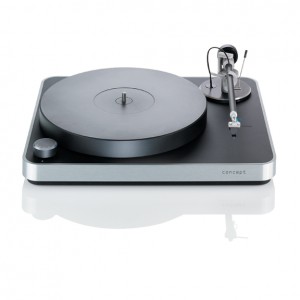
Fantastic Value From Clearaudio:
If you pose the question, “What turntable should I buy for $1,500?” on an internet forum, have your hazmat suit on and be prepared to be bombarded with insults and advice. You’ll get suggestions from all over the audio spectrum; new, used, and modded this or that. Read More >
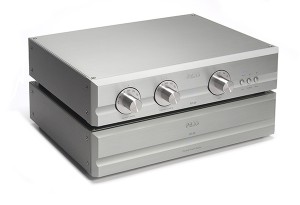
Pass Labs XP-25
The secret, in other words, is out. Vinyl ain’t going nowhere. It’s here to stay. As a result, not just LP manufacturers, but audio companies are going into overdrive to produce goods to satisfy a small albeit growing market. Read More >
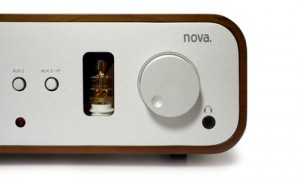
The Peachtree Nova
When Peachtree Audio brought out their Decco amplifier/DAC combination three years ago it was an amazing product for $800. It featured a 50wpc integrated amplifier with a tube in the input stage to add a little bit of warmth to its basic 16/44 DAC smoothing out some of the digital grunge. Read More >
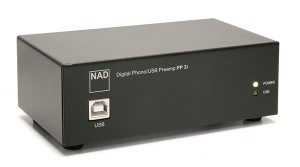
NAD PP 3i
Now that it costs about $75 to gas up your car, a $199 phono preamplifier is a real bargain, especially one that digitizes your vinyl collection via the onboard USB connection.. If that isn’t enough, the NAD PP 3i even has a line input so that you can digitize your cassette collection (and 8-tracks). Read More >
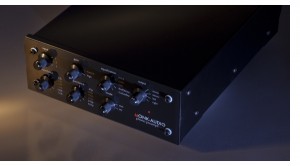
The Monk Audio Phonostage
What is it about phonostages? More than almost any piece of audio equipment, they seem to exert a decisive impact upon the sound—at least when it comes to playing analog equipment. I still remember the day when I fired up my Linn LP-12 and listened to the differences an Audio Research PH-3 made on my Snell E-IV loudspeakers. Read More >
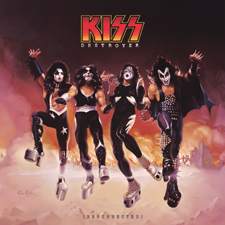
Destroyer, Resurrected!
Kiss never brought the fervor of its live shows to the studio, but on its fourth album, Destroyer, the quartet came close. Six months after the legendary Alive!, the band is at the top of the world and at one of its highest creative peaks. Read More >
14 Andre Marc
A confessed HiFi nut, Andre lives and works in sunny San Diego, California. A contributor to a number of hifi magazines/websites, he’s another music enthusiast who was bit by the bug early, thanks to his dad’s Mcintosh system. Read More >
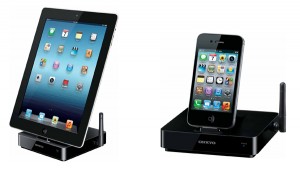
Onkyo’s AirPlay Dock
Onkyo has introduced the DS-A5 iPod/iPhone/iPad Docking station, which adds AirPlay wireless streaming capabilities to Onkyo A/V receivers and many other audio products. The Onkyo DS-A5 allows owners of recent Onkyo A/V receivers – as well as older models lacking a USB port or an Ethernet connection – to enjoy all the benefits of AirPlay wireless streaming for iOS devices, including the new iPhone 5. Read More >
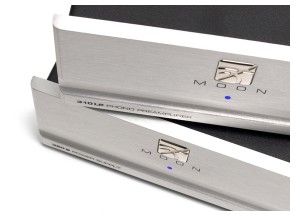
REVIEW: Simaudio MOON 310LP and 320S
Since even the very best hi-fi systems rarely sound like real live music, the first question one might ask about the sound of any component immediately becomes: What does it add and what does it take away from the music? Creating the perfect recreation of live music in the home may have yet to happen, but it’s not totally the fault of the hi-fi. Read More >
Parasound’s JC 3 Phono Preamplifier: Heavy On Heritage
If you aren’t old enough to know about John Curl, suffice it to say that he was responsible for more than a handful of legendary designs and one of the world’s greatest phonostages, the Vendetta Research—a product still held in great esteem by many audiophiles. Read More >
Burmester 100 Phono: Perfect Blend of Analog and Digital
It’s been a long time since Burmester has produced a phono stage. Their last model, the 838, was produced in the 80’s. However, with vinyl making such a comeback, Dieter Burmester felt the time was right to build a phono stage that was worthy of his current Reference Line components. Read More >

The Dust and Grooves Project – Live from NYC
On a hot and sultry evening in SoHo NYC at the Botanica Bar, a local hangout with a house special Ginger and Lime drink reminiscent of Jamaica (not Jamaica Queens, thanks), things cool down inside with the music being played by a dozen or so Guest DJs as I grab the attention of Eilon Paz, a photographer with a passion for music, whose work has been published worldwide. Read More >
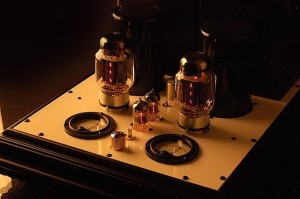
Decware’s Masterpiece
Steve Deckert, the man in charge at Decware Audio, has just announced his new, full scale assault on the monoblock tube amplifier. The Zen Torii Monoblocks are 60 watts each with a single pair of KT88 tubes. Read More >
Please note that all TONE and TONE related text and images are copyright © 2005–2025 TONE Magazine and The Audiophile Apartment. The RSS feed provided is for personal, non-commercial use only.
If you are not reading this content in your news aggregator, RSS reader, or direct, then the site you are looking at may be guilty of copyright infringement. If you locate this anywhere, please contact jeff@tonepublications.com so we can take action immediately.



